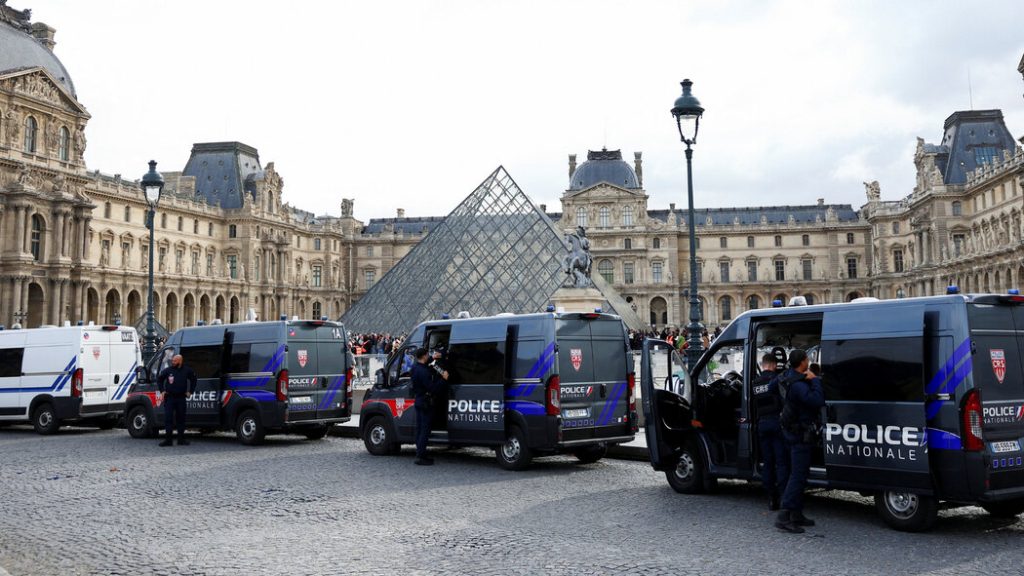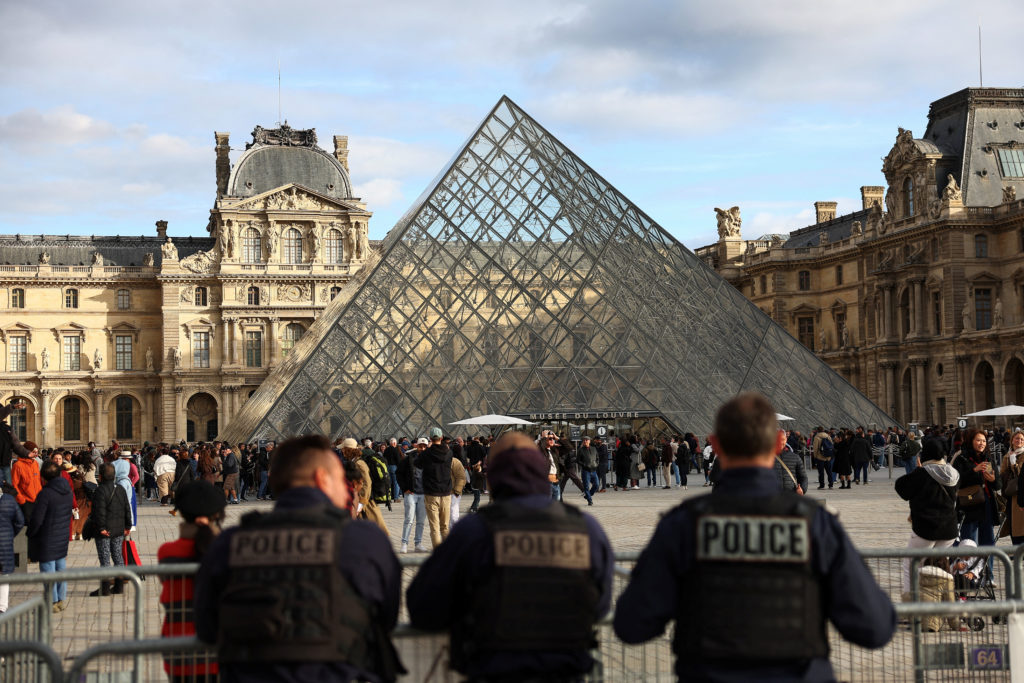Arrests Made in Louvre Heist
In a dramatic turn following the October 2025 heist at the Louvre, French authorities have announced the arrests made in the Louvre heist, confirming the capture of two suspects in connection with the theft of crown jewels worth around US $100 million. One of the men was apprehended at Charles de Gaulle Airport as he attempted to board a flight out of France. New York Post+2AP News+2
This development brings renewed hope for the recovery of the historic gems and underscores how careful tracking and forensic work can crack even high-profile museum thefts.

The Arrests & What We Know
The two suspects are men in their 30s from the Paris suburb of Seine‑Saint‑Denis, and were previously known to French authorities. New York Post+1
One suspect was detained at Charles de Gaulle Airport while trying to fly to Algeria; the other was arrested in the Paris region. The Guardian+2New York Post+2
The arrests follow extensive forensic analysis, including DNA, a helmet found at the crime scene, and other material evidence. The Guardian+1
No release yet on whether any of the stolen jewels have been recovered; French officials caution that the investigation continues and suspects remain at large. Reuters+1

Why This Matters for the Gemstone & Jewelry Community
For enthusiasts, collectors, and heritage professionals alike, the capture of suspects in a case like this has layered significance:
Provenance and traceability: The fact that arrests are being made increases the chances of recovery, restoration of provenance, and safeguarding of historic value.
Market implications: High-heritage jewels, such as those stolen, lose the majority of their value if separated from their context. The arrests may deter illicit trade or further dismantling.
Security lessons: The heist showed how even prime heritage collections can be vulnerable. The arrests reinforce the need for institutions and owners to review not just display security, but also exit routes and forensic traceability.
Heritage preservation: With suspects in custody, there is reinforced hope that the artefacts—once retrieved—can be conserved, documented, and perhaps returned to the public domain rather than disappearing into the underground market.

What Happens Next?
French investigators are mobilising hundreds of personnel and continuing to sift through CCTV, transport logs, phone records, airport watch-lists, and forensic traces. Reuters+1
The spotlight remains on the eight jewels stolen in the heist, including pieces tied to French royalty. Their recovery remains uncertain, but the arrests mark a pivotal new phase.
Institutions worldwide may use this case to re-evaluate how treasures are insured, displayed, and guarded—including how they plan for theft, recovery, and media fallout.

Final Thoughts
While the arrests made in Louvre Heist do not mark the end of the story, they represent a major milestone. For anyone invested in gemstone heritage, it serves as a reminder that value is not only found in cut, colour, and carat—but also in connection, story, and safeguarded legacy. These arrests shine a light that even the most daring thieves can meet accountability, renewing hope that the extraordinary emeralds, sapphires, and diamonds taken might one day be restored.
For a deeper look into the ongoing investigation and insider involvement, visit our comprehensive article “Inside Job Suspected at Louvre.”
